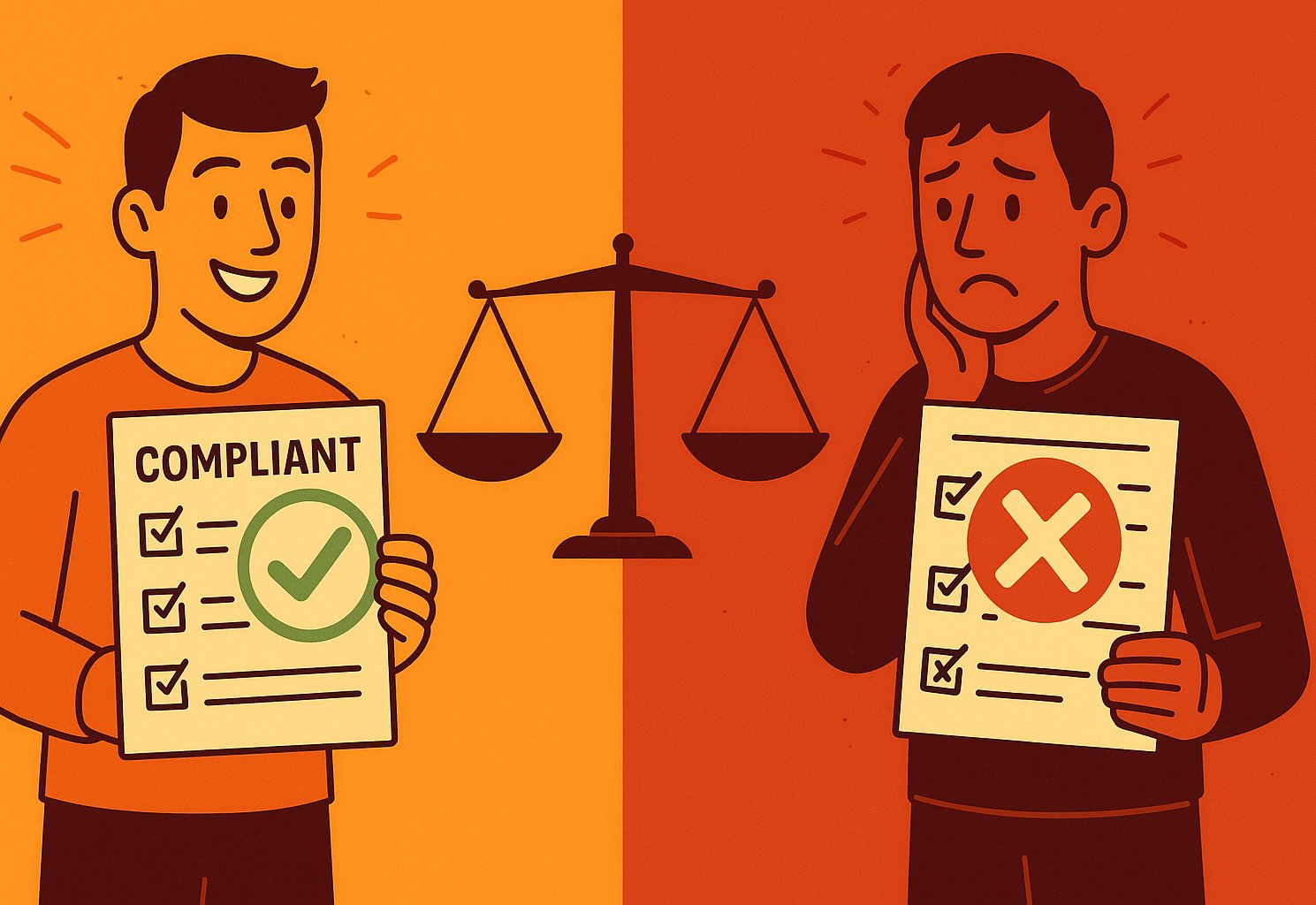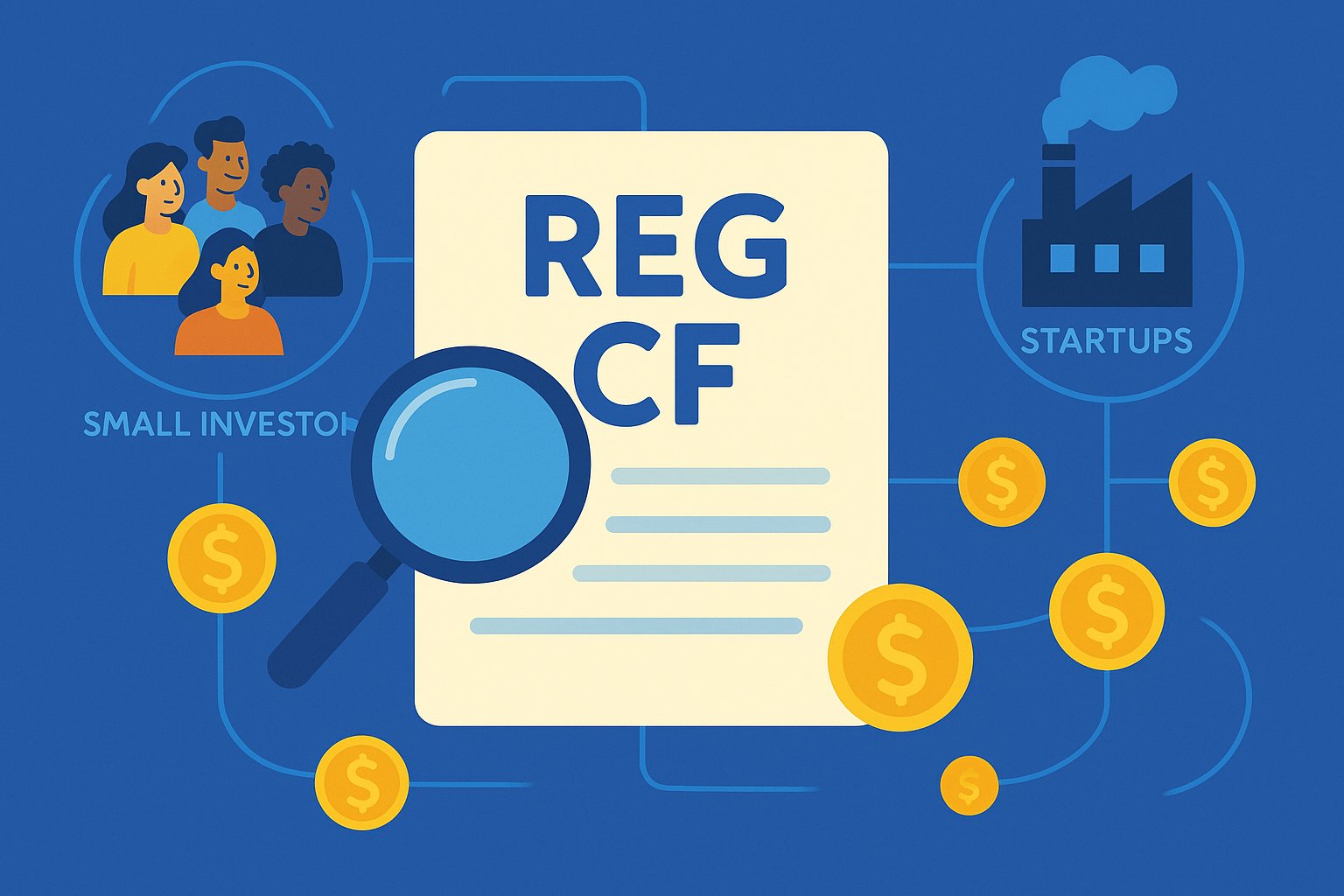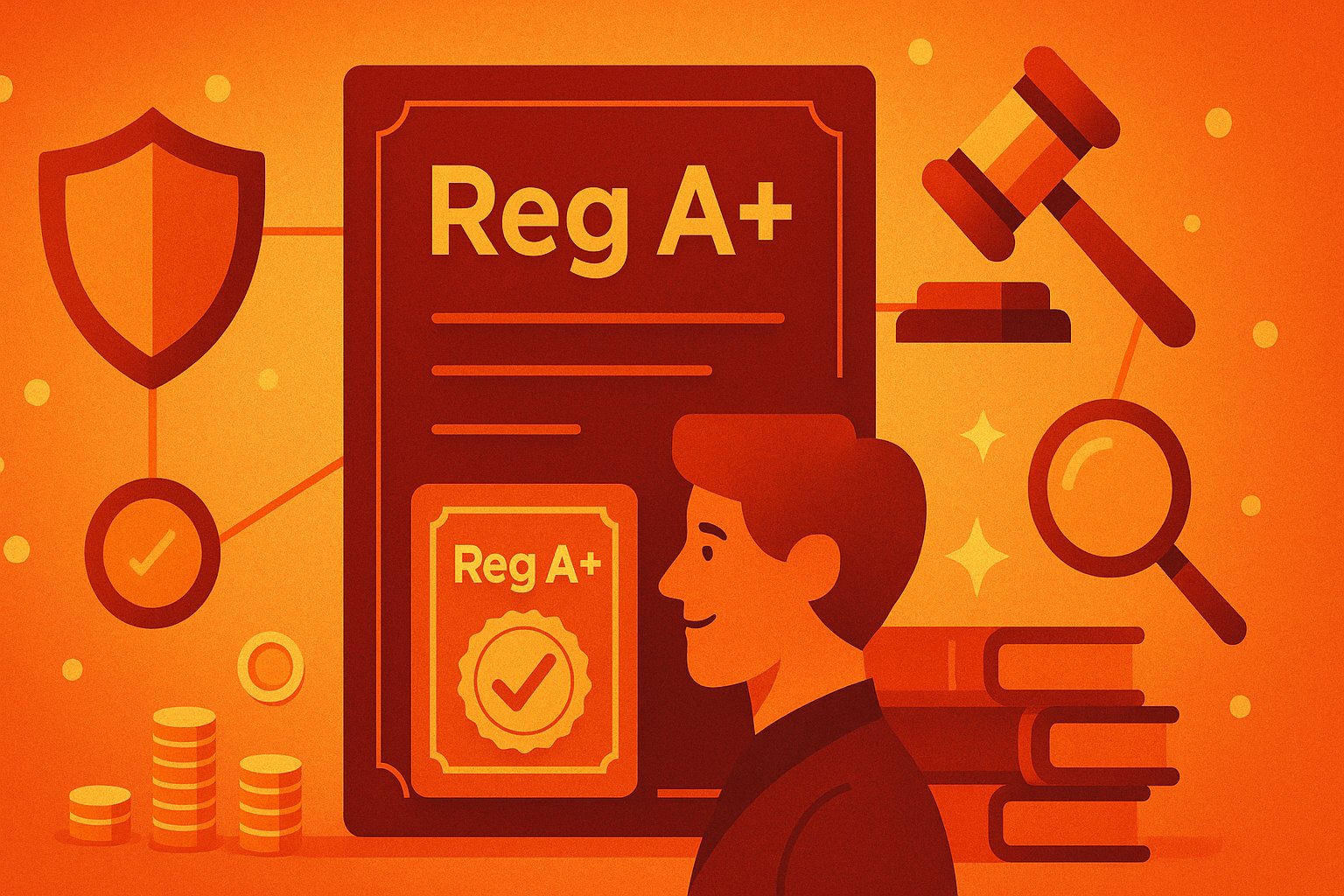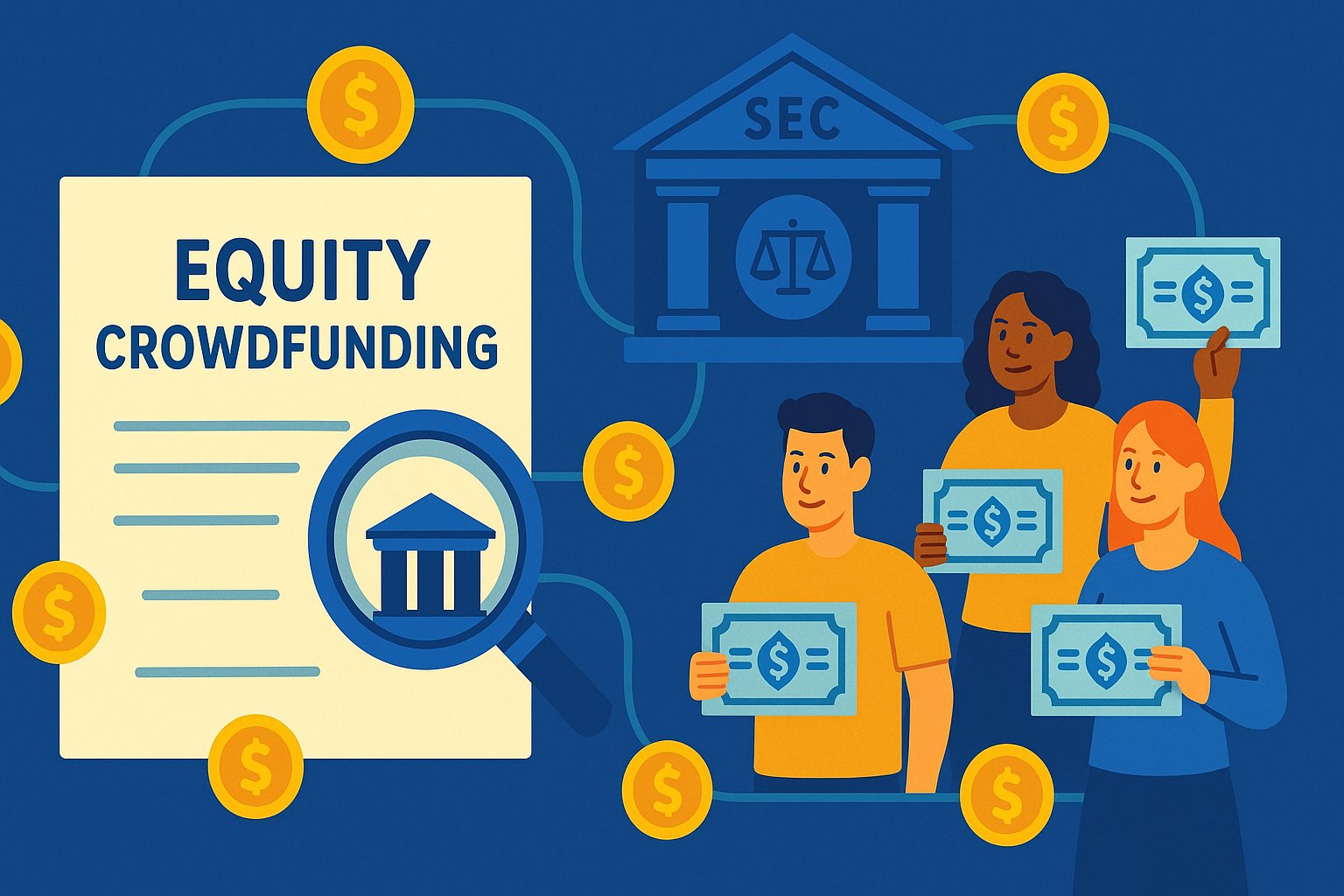The Fine Line Between Legal and Illegal Crowdfunding
Crowdfunding has reshaped the landscape of finance by empowering individuals, startups, and community projects to raise capital directly from supporters around the globe. From launching innovative tech gadgets to funding humanitarian initiatives, the allure of crowdfunding lies in its democratic approach: anyone with an idea can solicit small contributions from large numbers of backers online. Yet this open-access model brings with it a complex web of legal considerations. While some campaigns sail smoothly through legal channels, others stumble into murky waters, facing accusations of fraud, misrepresentation, or regulatory violations. Understanding what distinguishes a legitimate crowdfunding endeavor from an illicit one is crucial not only for campaign creators and platform operators but also for the millions of backers who entrust their money, hopes, and expectations to these initiatives. At its core, legality in crowdfunding hinges on compliance with national and international regulations designed to protect investors, enforce market integrity, and deter fraudulent schemes. Campaigns may involve donation-based models, reward-based models, debt-based (peer-to-peer lending) models, or securities-based models, each governed by distinct legal frameworks. Donation and reward campaigns typically navigate consumer protection and contract law, while debt and equity crowdfunding trigger securities regulations that encompass registration requirements, disclosure mandates, and investor qualification thresholds. Beyond these statutory rules, campaigns must also adhere to platform terms of service, intellectual property laws, taxation obligations, and anti-money laundering statutes.
Against this backdrop, the line between legal and illegal crowdfunding can sometimes blur. A well-intentioned campaign may inadvertently breach securities laws by offering equity without proper registration; a reward-based project might fail to deliver promised perks, prompting consumer protection investigations; or a campaign operator could misappropriate funds, inviting criminal charges. Moreover, emerging technologies—such as blockchain-based token offerings—add new layers of regulatory uncertainty, with authorities scrambling to classify digital assets as securities, commodities, or something entirely novel. In this comprehensive guide, we will explore the multifaceted legal landscape of crowdfunding, dissecting the key criteria that determine whether a campaign stands on solid legal ground or risks running afoul of the law. We will examine the regulatory frameworks for various crowdfunding models, highlight essential compliance requirements, uncover common illegal practices, and discuss enforcement mechanisms and penalties. Along the way, real-world examples will illuminate both cautionary tales and success stories, providing actionable insights for campaign creators, platform operators, and backers alike. By the end of this article, you will possess a clear roadmap to launch or support crowdfunding campaigns with confidence, ensuring that your fundraising efforts are not only effective but also fully compliant with the law.
Understanding Legal Frameworks Across Crowdfunding Models
Crowdfunding campaigns fall into four primary categories: donation-based, reward-based, debt-based, and equity-based. Each category triggers different legal considerations. Donation-based campaigns—common for charitable causes and personal needs—are generally subject to consumer protection laws and nonprofit regulations. Organizers must ensure transparency about the use of donated funds and compliance with charitable solicitation statutes, particularly when crossing state or national borders. Reward-based campaigns, popularized by platforms like Kickstarter and Indiegogo, exchange non-monetary incentives—such as early product access or branded merchandise—for backer contributions. These campaigns introduce contract law issues: creators promise rewards, and failure to deliver can lead to breach-of-contract claims or unfair business practice allegations. Debt-based crowdfunding, or peer-to-peer lending, involves individuals lending money to borrowers in exchange for repayment with interest. This model triggers lending statutes, usury laws, and often requires platforms to register as lending institutions or broker-dealers. Issuers must conduct creditworthiness assessments and adhere to borrower protection regulations. Equity-based crowdfunding, governed by securities laws, permits backers to acquire ownership stakes—commonly in the form of shares, convertible notes, or revenue-sharing agreements. In the United States, Regulation Crowdfunding (Reg CF) under the JOBS Act outlines rigorous registration, disclosure, and investor qualification requirements. Other jurisdictions have enacted similar regimes, each with unique fundraising caps, reporting rules, and intermediary licensing demands. Campaigns that fail to identify and comply with the relevant legal framework risk classification as illegal offerings. For example, a project soliciting funds with the promise of business equity but lacking proper securities registration or exemption may be deemed an unauthorized securities offering. Conversely, a campaign collecting donations under the guise of philanthropy but diverting funds for private gain can face fraud charges. By understanding which category their campaign falls into and the associated legal obligations, creators can structure their fundraising efforts to ensure legality and build trust among backers.
Essential Legal Requirements for Crowdfunding Campaigns
Across all crowdfunding models, certain foundational legal principles apply. First and foremost is the principle of full and fair disclosure. Creators must provide accurate, complete information about the campaign’s purpose, funding goals, risks, timeline, and reward or equity terms. Misleading statements—whether about a product’s capabilities, a campaign’s financial projections, or the end use of funds—can constitute fraud under consumer protection or securities laws. Campaign pages, promotional materials, and communications with backers must align with truth in advertising standards and avoid hyperbolic claims that cannot be substantiated.
Second, creators must observe intellectual property rights. Using third-party images, music, or proprietary technology without permission can lead to infringement suits, cease-and-desist orders, or platform removal. Campaigns should clear rights for all creative content and clearly distinguish between original and licensed material. Third, transparent handling of funds is vital. Many platforms enforce escrow systems or milestone-based disbursements to safeguard backer contributions. Creators who commingle campaign funds with personal accounts, misappropriate funds, or fail to refund backers when required expose themselves to civil and criminal liability. For equity and debt crowdfunding, regulatory filings and platform registrations become non-negotiable. In the U.S., Reg CF issuers file Form C with the SEC, detailing financial statements, officer backgrounds, use of proceeds, and risk factors. Platforms must register as funding portals or broker-dealers, adhering to Know Your Customer (KYC) and Anti-Money Laundering (AML) checks. Investor limits based on income and net worth protect non-accredited investors from overexposure. International campaigns must navigate local securities laws, prospectus requirements, and cross-border offering restrictions, often engaging legal counsel to map complex regulatory landscapes.
Lastly, taxation rules cannot be overlooked. Crowdfunding proceeds may be treated as taxable income, gifts, or capital contributions depending on the campaign model and jurisdiction. Creators should consult tax professionals to ascertain tax liabilities for themselves and potential obligations for backers, such as issuance of 1099-K forms in the U.S. Proper tax reporting averts penalties and ensures compliance with revenue authority mandates.
Common Illegal Practices in Crowdfunding
Despite the promise of accessible funding, crowdfunding platforms have sometimes served as conduits for illicit activity. Ponzi schemes, pyramid structures, and outright fraud have infiltrated the space, exploiting the optimism of backers. One notorious example involved a campaign promising to build a state-of-the-art portable touchscreen laptop; after raising substantial funds, the creators vanished, offering excuses rather than refunds. Regulators shuttered the campaign and pursued criminal charges for wire fraud and money laundering. Other illegal practices include offering unregistered securities to non-accredited investors, making false product claims, and failing to deliver rewards while refusing refunds. Some campaigns manipulate backer comments to inflate demand, posting fake testimonials or deleting critical feedback. Sophisticated fraudsters may employ shell companies, layered transactions, and offshore bank accounts to obscure fund flows and evade detection. Additionally, crowdfunding platforms that neglect due diligence—failing to vet issuers or monitor suspicious patterns—have faced regulatory sanctions and reputational damage.
To combat these threats, regulators employ a combination of enforcement tools: cease-and-desist orders, monetary penalties, injunctions, and criminal prosecutions for severe violations. The SEC, FTC, and state attorneys general in the U.S. regularly publicize actions against fraudulent campaigns, providing a deterrent effect. International bodies, such as the European Securities and Markets Authority (ESMA), also coordinate cross-border investigations to tackle campaigns operating in multiple jurisdictions.
Platform Responsibilities and Liability
Crowdfunding platforms play a pivotal role in maintaining the legality of campaigns. By acting as market intermediaries, they bear responsibilities that extend beyond simply hosting campaign pages. Legally, platforms must implement KYC and AML procedures to verify user identities and screen for sanctioned entities. This not only prevents money laundering but also ensures that campaign creators meet eligibility criteria and that investors fall within allowable contribution limits.
Platforms should perform content moderation, verifying that campaign descriptions do not contain defamatory statements, hate speech, or unsubstantiated medical claims. They must also enforce platform-specific terms of service, requiring creators to adhere to promised delivery timelines and financial disclosures. When campaigns breach these terms—such as missing reward fulfillment deadlines or filing inaccurate updates—platforms may suspend or terminate the page, escalate disputes, and facilitate refunds. Liability for platform operators hinges on their level of oversight and regulatory status. In the United States, registered funding portals and broker-dealers enjoy certain safe harbors under the JOBS Act, provided they comply with SEC rules. Unregistered or non-compliant platforms can face enforcement actions, fines, and injunctions. Moreover, platforms that ignore repeated warnings or fail to address consumer complaints risk class-action lawsuits from disgruntled backers. Proactive compliance programs, transparent dispute resolution processes, and strong user education tools are essential measures for platform operators to mitigate liability and foster a trustworthy ecosystem.
Enforcement Mechanisms and Penalties
Regulatory bodies employ a range of enforcement mechanisms to police crowdfunding activity. Administrative proceedings can issue cease-and-desist orders, freeze assets, and impose fines for violations of securities or consumer protection laws. Civil litigations may seek disgorgement of ill-gotten gains, compensatory damages for backers, and injunctive relief to halt ongoing fraud. In egregious cases involving large-scale deception, criminal prosecutors can pursue charges such as wire fraud, mail fraud, and money laundering, carrying potential prison terms for those convicted. In the U.S., the SEC’s Office of Compliance Inspections and Examinations (OCIE) conducts routine audits of registered platforms, reviewing policies, financial controls, and disclosure practices. The FTC targets deceptive marketing practices under the FTC Act, pursuing cases where backers received nothing in return or incurred hidden fees. State securities regulators—often called “blue sky” agencies—coordinate with federal authorities to investigate unauthorized securities offerings, leveraging local laws to freeze assets and shut down fraudulent campaigns. Internationally, cooperatives like IOSCO facilitate information sharing and joint investigations, particularly for campaigns that solicit funds from investors in multiple countries. The European Union’s crowdfunding regulation empowers national competent authorities to suspend cross-border campaigns that pose systemic risks or involve serious misconduct. These coordinated enforcement efforts underscore the importance of global compliance strategies for campaign creators and platform operators alike.
Best Practices for Launching a Legal Crowdfunding Campaign
To ensure legality and build credibility with backers, campaign creators should adopt a proactive compliance mindset from day one. First, determine the campaign model—donation, reward, debt, or equity—and research the corresponding legal framework. Engage qualified legal counsel to draft or review campaign materials, ensuring that financial projections, reward terms, and equity offerings comply with applicable statutes and regulations. Second, commit to transparency: provide clear, realistic timelines for product development or project milestones, disclose risks candidly, and issue regular updates on funding progress and fund utilization.
Third, implement robust financial controls. Establish a dedicated escrow or campaign account, separate from personal or operational funds, to track contributions and disbursements. Use tiered fund release mechanisms tied to verified milestones, minimizing the temptation or risk of misappropriation. Fourth, respect intellectual property rights by securing licenses for images, music, and proprietary technology, and by registering trademarks or patents where appropriate.
For equity or debt offerings, prepare accurate financial statements and determine whether self-certification, reviewed statements, or audited reports are necessary. File required forms—such as Form C for Reg CF issuers—in a timely manner, and maintain ongoing reporting by filing Form C-U updates for annual financials and Form C/A amendments for material changes. Finally, foster a culture of backer engagement: address questions promptly, provide customer support for reward fulfillment, and handle disputes or refund requests with professionalism and empathy. By embedding legal compliance into every aspect of campaign planning and execution, creators can minimize risk, strengthen backer trust, and pave the way for long-term success.
Real-World Case Studies: Lessons Learned
The cautionary tale of “Coolest Cooler” offers a stark reminder of how promise and delivery can diverge. Once the most-funded Kickstarter campaign ever, raising over $13 million for a high-tech cooler, backers soon faced repeated production delays, design changes, and inadequate communication. Many contributors never received their coolers, leading to an FTC investigation and a class-action settlement, while creators declared bankruptcy. In contrast, the Pebble smartwatch campaign demonstrated best practices in transparency and community engagement. With open communication, regular development updates, and conservative funding targets, Pebble delivered on its promises—albeit amidst production challenges—and cultivated a loyal backer base that fueled future product lines.
On the securities side, Reg CF campaigns by community-focused banks in rural areas have illustrated how compliance can align with social impact. By offering shares to local residents through Form C filings and adhering to investor limits, these institutions raised capital for small business loans and infrastructure projects while reinforcing community ownership. Platforms that facilitated these campaigns prioritized investor education, streamlined disclosures, and post-offering support, showcasing the potential of legally sound equity crowdfunding to drive economic development at the grassroots level.
Emerging Trends and the Future of Crowdfunding Legality
As crowdfunding continues to mature, new legal challenges and opportunities emerge. Blockchain-based token offerings—commonly called Initial Coin Offerings (ICOs) or Security Token Offerings (STOs)—have sparked debate over regulatory classification. The SEC has signaled that many tokens constitute securities, subject to the same registration and disclosure requirements as traditional equity or debt crowdfunding. Campaign creators exploring tokenization must navigate not only securities laws but also evolving digital asset regulations, cybersecurity mandates, and cross-border compliance issues. Artificial intelligence and data analytics offer platforms powerful tools for fraud detection, backer verification, and risk monitoring. By leveraging machine learning algorithms to flag anomalous campaign patterns or suspicious fund flows, intermediaries can enhance KYC/AML processes and preempt illegal activity. At the same time, regulators are exploring sandbox environments to pilot new technologies and refine regulatory frameworks in collaboration with industry stakeholders.
Finally, global harmonization efforts—such as the European Union’s unified crowdfunding regulation—may pave the way for cross-border offerings under standardized rules. Campaign creators with international ambitions will need to monitor developments in jurisdictions ranging from Singapore to Canada, each with unique fundraising caps, investor protections, and intermediary licensing regimes. Staying informed and agile will be key to launching legal, impactful campaigns in an increasingly interconnected crowdfunding marketplace.
Ensuring Your Crowdfunding Campaign Stays on the Right Side of the Law
Crowdfunding stands as one of the most transformative financial innovations of the digital age, unlocking capital and community support for projects that might otherwise struggle to secure traditional funding. Yet with this power comes the responsibility to navigate an intricate legal landscape. Distinguishing a legal crowdfunding campaign from an illegal one demands rigorous attention to regulatory frameworks, transparent communication, robust financial controls, and ongoing compliance. By understanding the specific requirements for donation-based, reward-based, debt-based, and equity-based models, engaging legal and tax professionals, and adopting best practices for campaign management, creators can safeguard their initiatives against the pitfalls that ensnare so many high-profile failures. Platforms, too, must uphold their intermediary roles with diligent due diligence, user education, and responsive dispute resolution mechanisms. Together, stakeholders can foster a crowdfunding ecosystem that thrives on innovation, inclusivity, and integrity, ensuring that the next generation of visionary ideas is funded legitimately and responsibly.




